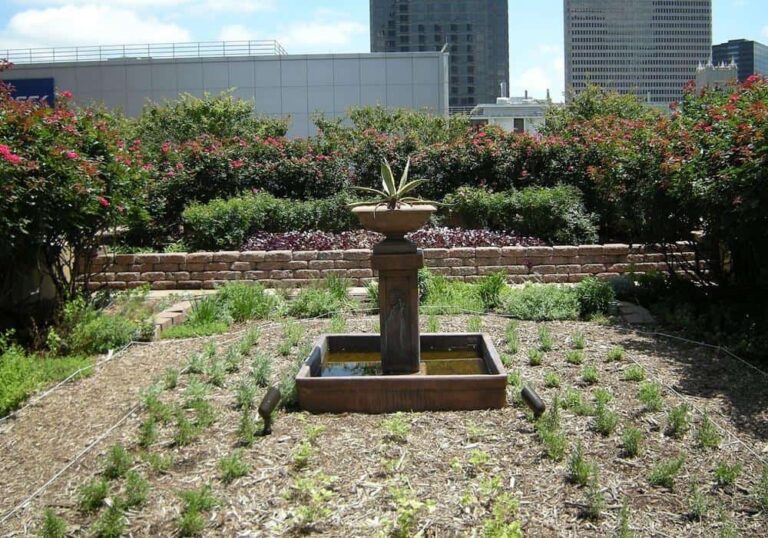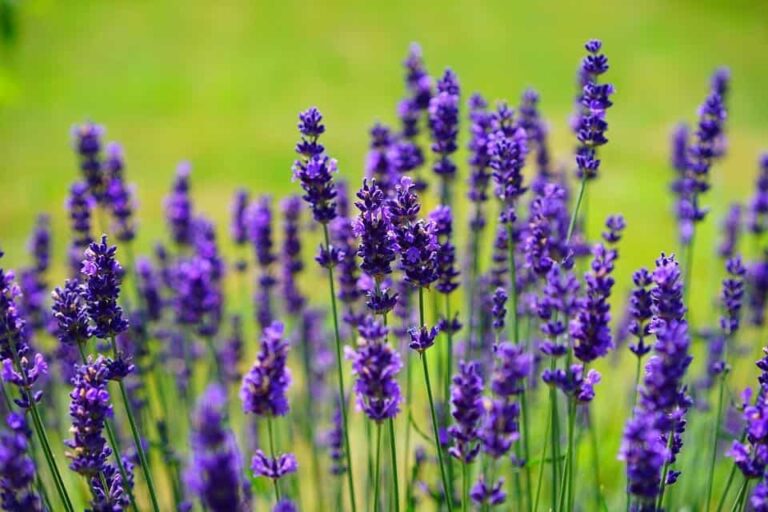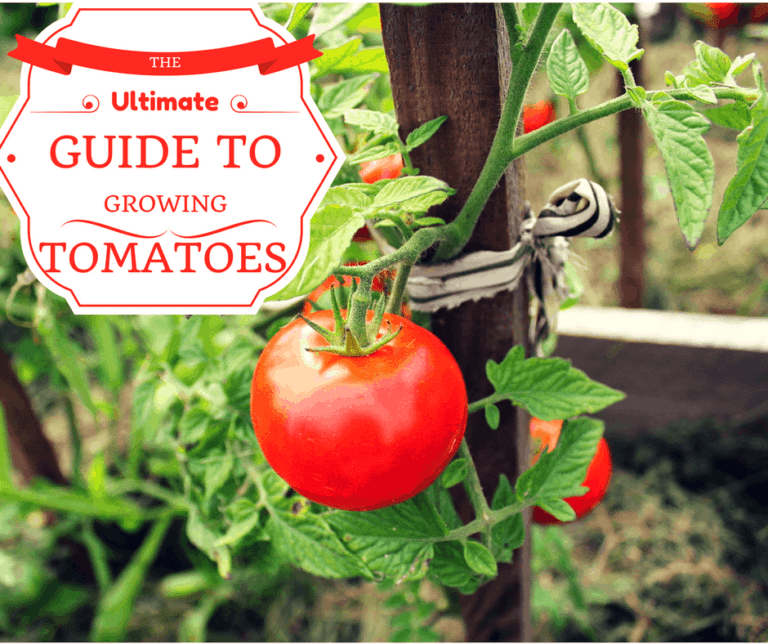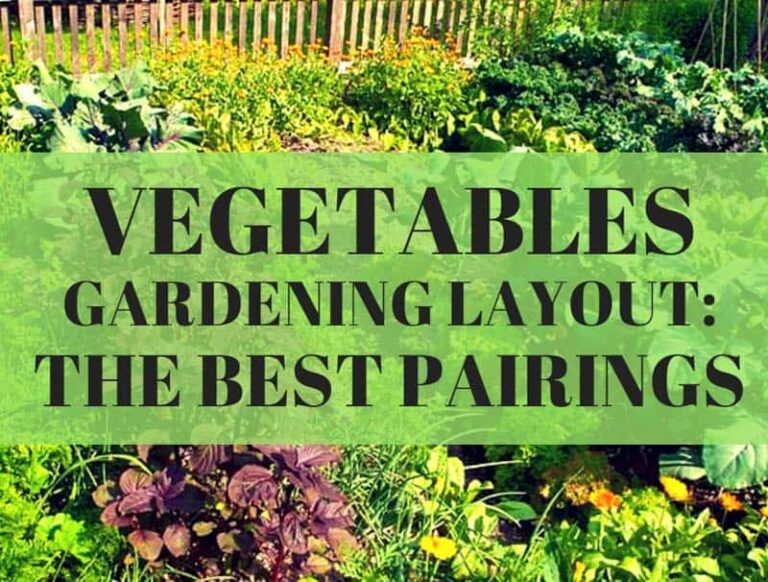Our Picks for the Best Fertilizer for Kale
We think one of the best fertilizers for kale is Miracle-Gro All Purpose Plant Food. Of course, this isn’t the only good choice. We’ll show you some of our other fertilizer recommendations below, and we’ll help you understand exactly how choose the right fertilizer can help you grow amazing kale. Check it out.
Our Picks for Best Fertilizer for Kale
- Dr. Earth Home Grown Tomato, Vegetable, and Herb Fertilizer
- Osmocote Flower and Vegetable Smart-Release Plant Food
- Neptune’s Harvest Organic Hydrolized Fish & Seaweed Fertilizer
- Miracle-Gro All Purpose Plant Food
Why Kale?
First thing’s first: Kale is delicious. It’s so yummy because it’s so versatile. Indeed, its goodness can be enjoyed in a vast multitude of ways, from being roasted to make kale chips to being blended for a dynamite smoothie.
While kale’s great flavor may entice you to plant some in your garden, you shouldn’t overlook the vast health benefits of the crop, either. Then again, it’s nearly impossible to overlook this aspect, since there are an absurdly deep amount of nutrients to derive from its goodness, as its high in fiber, iron, vitamin K, vitamin C, and an abundance of anti-oxidants.
A Quick Video Overview of Fertilizing Kale
While kale may arguably be the trendiest veggie to consume, we may not have a full grasp on how to grow them. This handy video takes the mystery out of such things by providing an overview of the process. As you’ll see, it’s not rocket science – a lot of it can be boiled down to good ol’ fashioned gardening practices.
Growing Kale
The allure of growing kale is made even stronger by the fact that it’s a relatively easy green to grow. It’s a pretty sturdy plant that can thrive under the right conditions, which can occur in multiple times in the calendar. It’s possible to grow the crop in the spring and in the fall, provided you’re savvy enough to cover them up during odd weather conditions like an unexpected cold snap.
The one tricky thing you need to have a bead on before you plant your kale is making sure you’re planting it in proper soil. You’ll want to place them in a loamy, well-draining soil that has been enriched with a moderate amount of organic material. If you put them in soil that’s clay or sandy, the plant’s texture and flavor will be compromised.
You’ll also want to keep an eye out for the soil’s pH level. Ideally, you’ll want a level that falls in between 5.5 and 6.8, with 6.5 being optimal. You can get away with growing kale outside this range, but again, doing so may affect the quality of the crop.
It’s wise to conduct a soil test of your planned growing area to see where you soil stands. There’s plenty of ways you can go about conducting this test; once you do so, you can take the data and build an efficient growing strategy – a strategy that should include a proper fertilizer.
Kale Fertilizer: What to Look For
Fertilizer plays an important function in gardening because it improves soil fertility. Essentially, it works to organically replenish nutrients that may have been completely sucked up by plants or crops that were previously planted within the soil. It can also provide nutrients to a soil that had never carried crops before, but has been shown through soil tests to be less than fertile.
The most important thing you’ll want to look for when you go looking for fertilizer is a trio of numbers, which are located on every bag. These digits, which are typically broken up by hyphens, indicate the percentage of nitrogen, phosphate, and potassium that can be found in each bag. For instance, a bag that reads 10-10-10 will have 10% nitrogen, 10% phosphate, and 10% potassium.
These elements are key nutrients that your kale will crave en route to being a thriving plant of goodness. Specifically, you should look for fertilizer that has a 10-10-10 balance for kale, as that will give your crop an evenly spread boost.
One thing to note about fertilizer: its makeup can be kind of icky. You’ll see stuff like chicken manure, blood meal, bone meal, earthworm casings, and other materials that you may not find pleasant. But these elements are the very things that release the nutrients that your plants enjoy, so you’ll just have to roll with their presence.
Another thing to keep in mind as you deploy the magic of fertilizer to your kale is to not overdo things. While you may look at giving an overabundance of fertilizer to a crop as “hedging your bets,” the truth is that over-fertilization can end up compromising its overall color and flavor. It may even end up killing the plant in extreme cases.
Our Recommendation: Miracle-Gro All Purpose Plant Food
Because kale can be relatively easy to grow, the use of fertilizer can be uniquely simplified. This is the reason why we like Miracle-Gro All Purpose Plant Food in this case. Its water-soluble, spray-and-mix formula makes it very simple to apply fertilizer to your crop.
This is important if you’re new to the gardening game. After all, you may not be ready to create your own fertilizer, or even deploy some advanced fertilization techniques like side dressing. Giving your kale plants the nutrition it needs in a simplified, no-fuss manner will make it easier for you to grow the beautiful, delicious kale of your dreams.
Fortunately, because kale is such a relatively agreeable plant when it comes to gardening, you won’t have to break too much of a sweat to grow kale that will make you proud. It comes down to having a measure of common sense; one that’s fueled by the notion that it takes time, patience, and a little love to grow a healthy garden. If you have that in place, you’ll be good to go.
Photo by Chris Winters licensed under CC BY 2.0.





